Energy Fuels, the largest U.S. uranium producer, is increasing production as global uncertainty and rising demand push up prices for the nuclear material.
The largest uranium producer in the US is ramping up operations at the Pinyon Plain Mine in Arizona near the South Rim entrance of Grand Canyon National Park. The project has long been controversial and has been largely dormant since the 1980s. It was recently restarted as uranium prices rose.
The mine covers 6.8 hectares and will operate for three to six years, producing at least 2 million pounds (about 907,000 kilograms) of uranium — enough to power the state of Arizona for at least a year, according to Energy Fuels spokesman Curtis Moore.
“As the global outlook for clean, carbon-free nuclear energy grows and the US moves away from Russian uranium supplies, the demand for domestic uranium is growing,” Moore said.
Earlier this year, the spot price of uranium concentrate, used in nuclear power generation, hit a 16-year high of $92.45 per pound, up more than 200% from late 2020. Analysts from Bank of America and Berenberg Bank predict the uranium market will heat up even more, possibly pushing prices above $100.
Bank of America said the tightness in the uranium market could last until 2025, suggesting prices could rise higher this year. It raised its spot uranium price target to $105 per pound in 2024 and $115 next year.
Demand for uranium is surging, with contracts signed by power companies worth $202 million last year, the highest value since 2012, according to uranium market data firm UxC. “The uranium market is getting tighter,” Jonathan Hinze, president of UxC, told the Wall Street Journal.
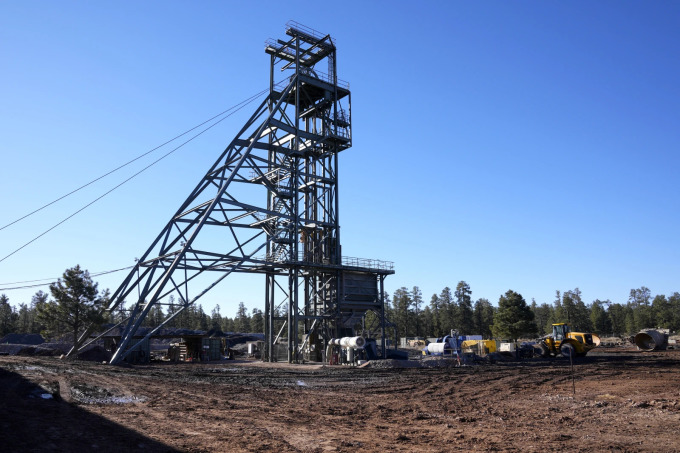
A shaft at the Pinyon Plain Mine uranium mine on January 31. Photo: AP
Energy Fuels is also preparing to open two more mines in Colorado and Wyoming, which have produced about two-thirds of the U.S. uranium over the past five years. In 2022, the company has a contract to sell $18.5 million worth of uranium concentrate to the U.S. government to create a national strategic reserve in case of external supply disruptions.
The United States and dozens of other countries have pledged to triple global nuclear power capacity to combat climate change. It has offered incentives for the development of the next generation of nuclear reactors, along with policies to reduce Russian influence in the nuclear supply chain, paving the way for domestic uranium to remain a key commodity for decades to come.
The Trump administration’s Commerce Department issued a report describing domestic uranium production as essential to national security, maintaining the nuclear arsenal and operating power plants. At the time, commercial nuclear reactors provided nearly 20% of the electricity consumed in the United States.
The Biden administration maintains that view. It is in the midst of a multibillion-dollar modernization of the nation’s nuclear defenses. The U.S. Department of Energy this week offered Michigan power plant owners $1.5 billion in loans to restart shuttered facilities.
But as the government pursues nuclear power potential, environmentalists and Native American leaders remain concerned about the environmental impact on communities near mining sites. They are calling for better oversight.
According to AP , tribal communities in the American West have lost faith in uranium companies and the federal government because of abandoned mines and related pollution that has yet to be fully addressed.
In 1979, more than 93 million gallons (350 million liters) of radioactive sludge and acid spilled from a tailings pond at the Navajo Mine complex, contaminating water supplies, livestock, and downstream communities. It was three times the amount of radiation released from the Three Mile Island, Pennsylvania, incident just three months earlier.
There is bipartisan support for nuclear power in Congress, but some lawmakers from affected communities remain concerned. At a congressional hearing in January, Missouri Congresswoman Cori Bush said the expansion of nuclear power in the U.S. cannot be done without addressing the impact of nuclear waste on minority communities.
For the Pinyon Plain Mine, the US Forest Service reaffirmed an environmental impact statement that was prepared years ago. State regulators approved air and aquifer protection permits within the past two years.
The geological makeup of the area provides a natural defense against water from the site as it moves toward the Grand Canyon, according to authorities. Moore said the aquifers in the area that feed springs at the bottom of the Grand Canyon are very deep — about 1,000 feet (304 meters) below the mine — and are separated by nearly impenetrable rock.
“We work incredibly hard to do our job to the highest standards. What we do is backed by science and regulators,” he said.
Phien An ( according to AP, OilPrice )
Source link


![[Photo] Ho Chi Minh City after 50 years of national reunification through buildings and symbols](https://vstatic.vietnam.vn/vietnam/resource/IMAGE/2025/4/15/a224d0b8e489457f889bdb1eee7fa7b4)
![[Photo] Air Force actively practices for the April 30th celebration](https://vstatic.vietnam.vn/vietnam/resource/IMAGE/2025/4/15/16fdec3e42734691954b853c00a7ce01)
![[Photo] National Assembly Chairman Tran Thanh Man attends the summary of the organization of the Conference of the Executive Committee of the Francophone Parliamentary Union](https://vstatic.vietnam.vn/vietnam/resource/IMAGE/2025/4/15/fe022fef73d0431ab6cfc1570af598ac)

![[Photo] Welcoming ceremony for Prime Minister of the Federal Democratic Republic of Ethiopia Abiy Ahmed Ali and his wife](https://vstatic.vietnam.vn/vietnam/resource/IMAGE/2025/4/15/77c08dcbe52c42e2ac01c322fe86e78b)
![[Photo] General Secretary To Lam meets with veteran revolutionary cadres, meritorious people, and exemplary policy families](https://vstatic.vietnam.vn/vietnam/resource/IMAGE/2025/4/15/7363ba75eb3c4a9e8241b65163176f63)



![[Podcast] News on March 24, 2025](https://vstatic.vietnam.vn/vietnam/resource/IMAGE/2025/4/3/f5fa1c3a9ae14d4590ac6965d233586b)
![[Podcast] News on March 25, 2025](https://vstatic.vietnam.vn/vietnam/resource/IMAGE/2025/4/3/735b3003484942af8e83cbb3041a6c0c)
![[Podcast] News on March 26, 2025](https://vstatic.vietnam.vn/vietnam/resource/IMAGE/2025/4/3/c3d9c3c48b624fd9af79c13ff9e5c97a)
![[Podcast] News on March 27, 2025](https://vstatic.vietnam.vn/vietnam/resource/IMAGE/2025/4/2/de589137cda7441eb0e41ee218b477e8)





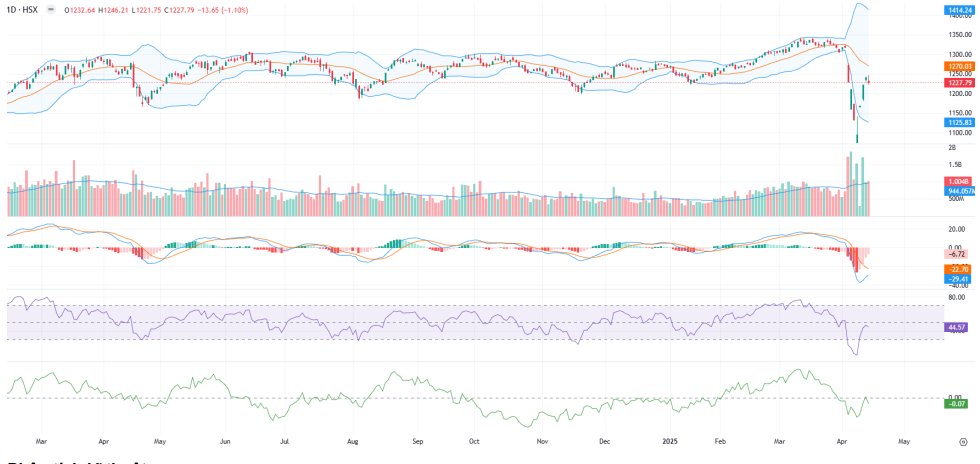



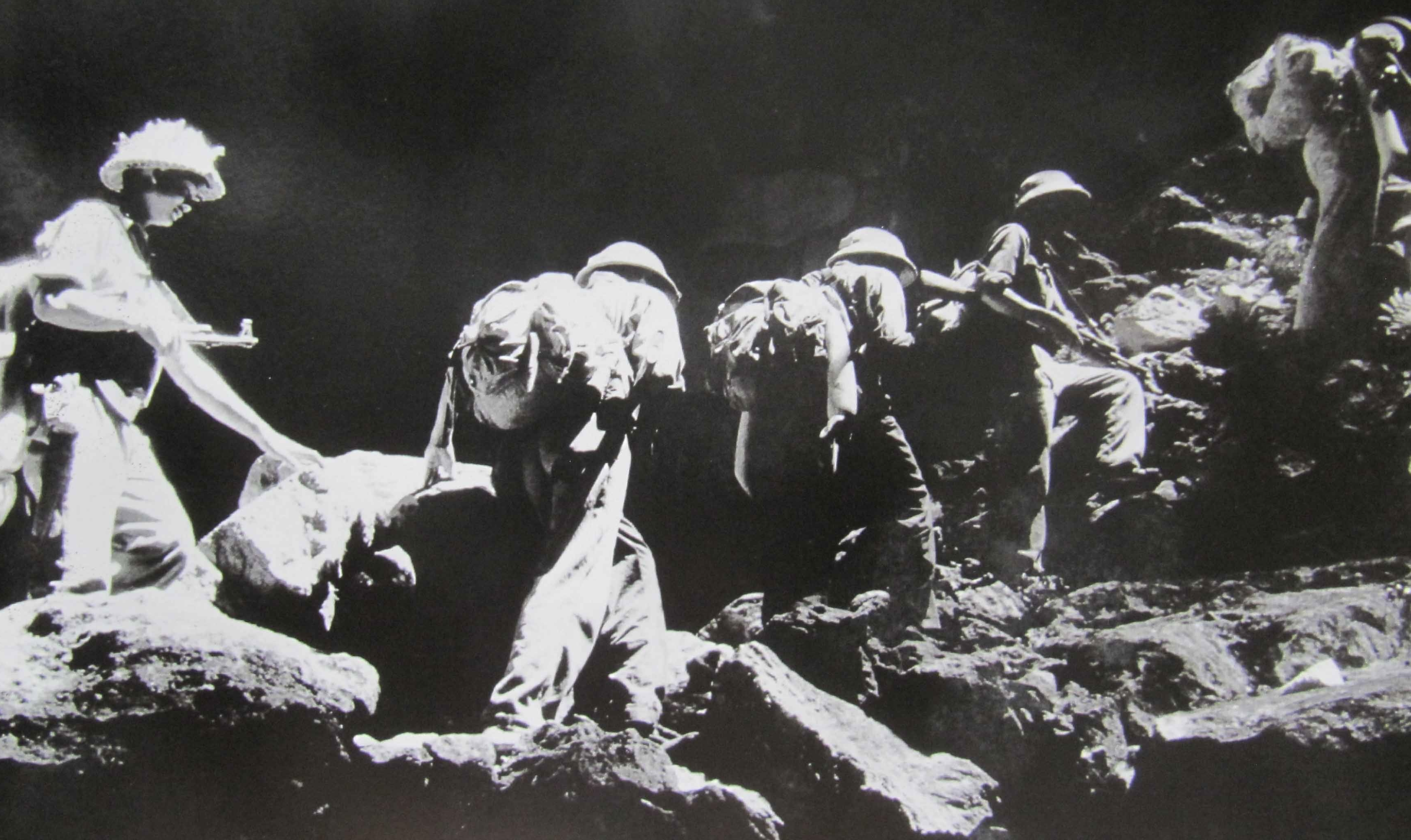



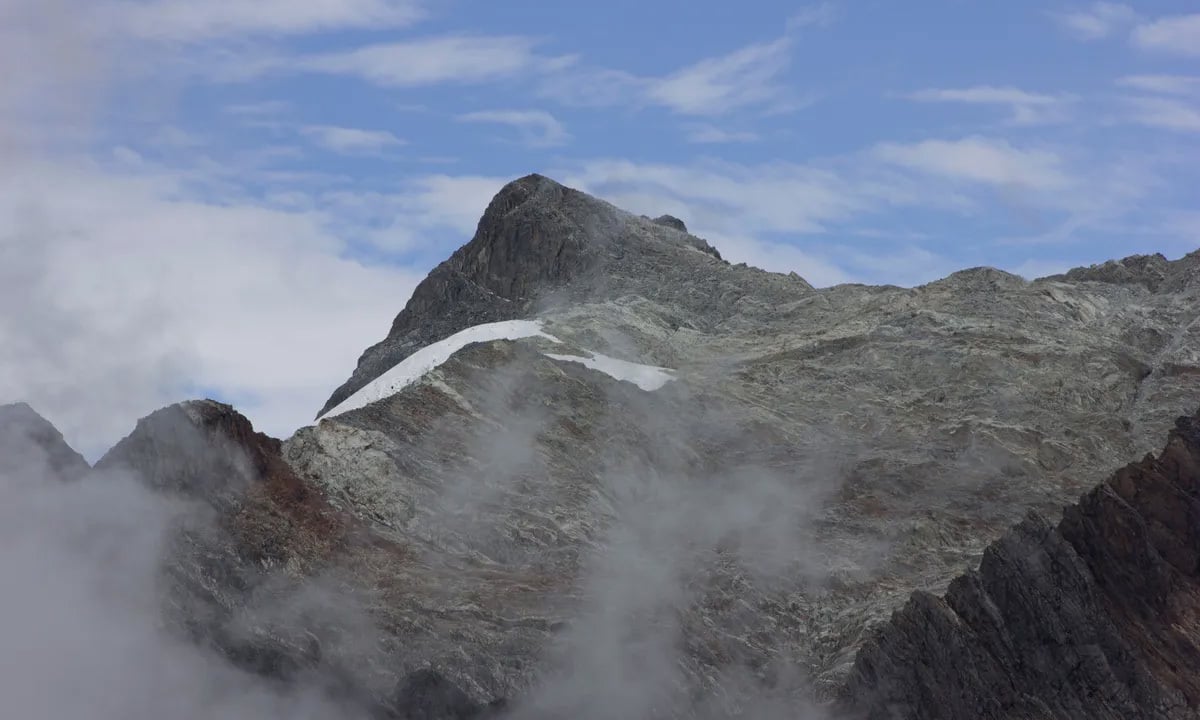











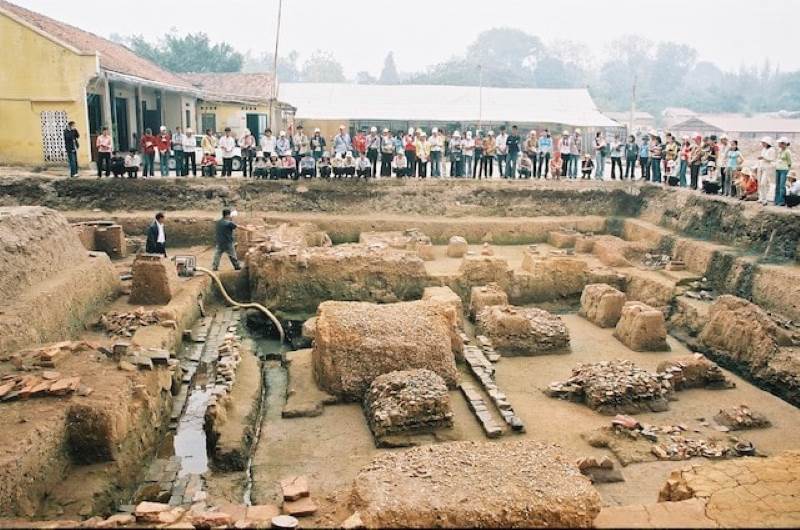



















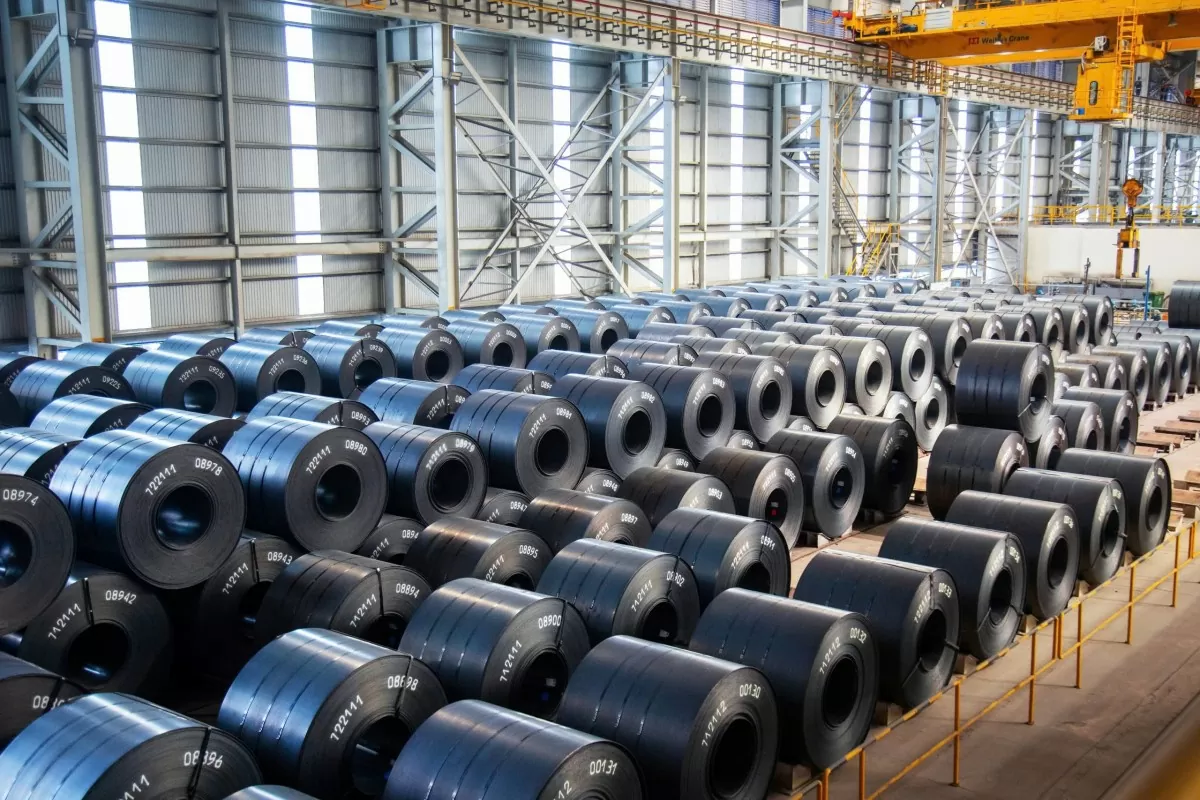









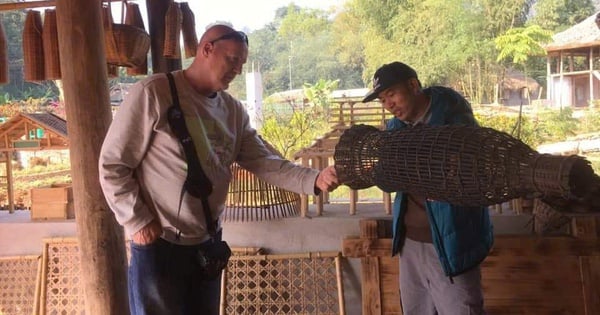












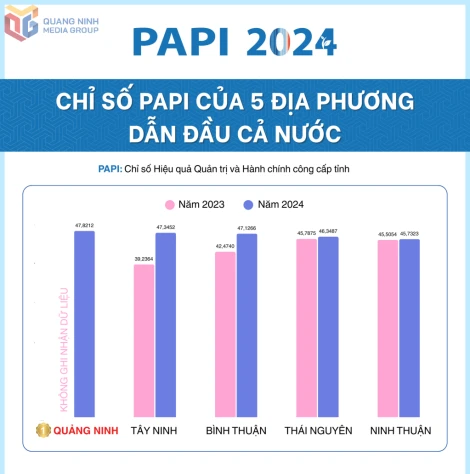











Comment (0)